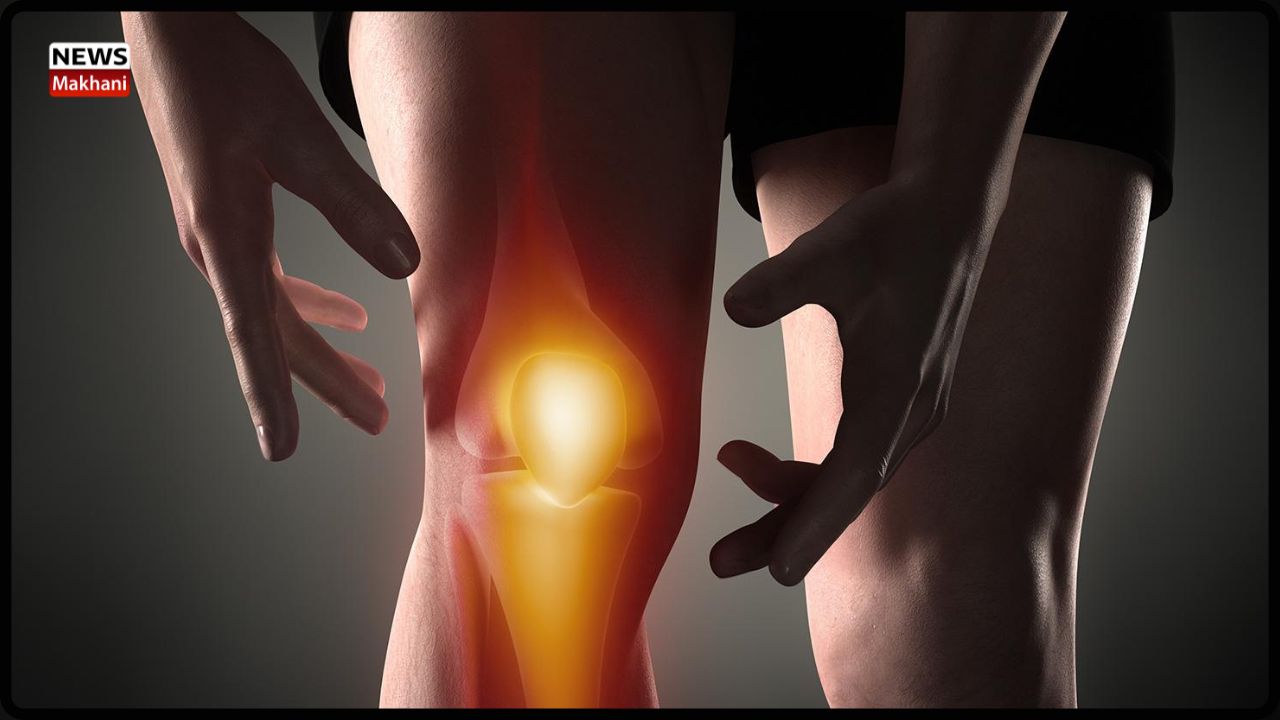The elderly in our homes constantly worry that their joint pain and stiffness will worsen as winter approaches because aging and cold weather exacerbate severe joint disorders. Stiffness, which is the difficulty moving a certain joint, goes hand in hand with pain.
Without any obvious injury, a person may experience pain and stiffness in their joints. This could be caused by a number of various illness problems. Rheumatoid arthritis, osteoarthritis, gouty arthritis, bursitis of the joints, and other frequent causes can be distinguished from one another using blood tests, X-rays, the type of pain, and observation of aggravating factors, while the treatments for each vary depending on the stage of the disease.
The presence of the Rh factor in the blood and the symptoms of joint pain, swelling, inflammation, morning stiffness, etc. are signs of the autoimmune disease rheumatoid arthritis. Osteoarthritis is a degenerative condition that most frequently affects elderly people and is characterized by bone deterioration and lubricant loss between the joints.
Gouty arthritis is caused by the buildup of uric acid crystals in the joints as a result of poor excretion or excessive production. Its symptoms include redness, intense pain, swelling, and stiffness. The bursa, a fluid-filled sac located in the space between the bones, serves as a cushion and lubricant. Pain and stiffness are again brought on by the inflammation of this. In order to provide effective treatment, it is crucial to accurately pinpoint the source of discomfort.
The three functional entities known as dosha are in charge of all bodily processes. Among them, Vata dosha is in charge of, among other things, how the body moves and how things degrade. Therefore, when this dosha is vitiated, it results in pain, degeneration, and other musculoskeletal ailments as well as movement difficulties. Vata vyadhi refers to a set of disorders that affect the musculoskeletal system and include pain and stiffness as their main symptoms.
The Vata difficulties also worsen during the winter as these do. Because of this, the condition of those who experience these pains deteriorates during the winter. When they first get out of bed in the morning, at night when it’s chilly, or even right after engaging in physical activity, their joints could be stiff. Heat therapy is typically effective in reducing this stiffness, particularly in rheumatoid and osteoarthritis situations.
The symptoms might be lessened by applying warm oil. On the other hand, using oil is not advised in cases of rheumatoid arthritis. Here, hot potency medication paste can be applied to the joint to lessen discomfort, bruising, and stiffness. Internal administration of medications is required in order to reduce inflammation and purify the blood in cases of gouty arthritis, bursitis, etc.
There are numerous Ayurvedic treatments for joint diseases that can be used both orally and topically. Additionally helpful during the winter are hot baths and wearing socks or gloves to keep the limb warm. Rasna, Bala, Kokilaksha, Eranda, Shunti, Nirgundi, Arka, and other medications are frequently used to treat vatavyadhis. It is usually preferable to visit a doctor for appropriate differential diagnosis and treatment recommendations, even though hot pastes and oil applications can be performed at home to provide some comfort.

 हिंदी
हिंदी






